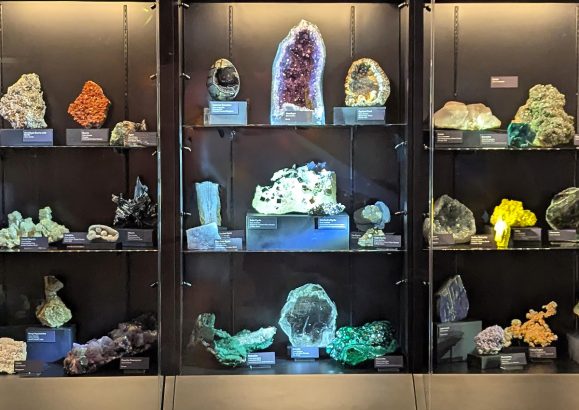Big & Small
During the last few centuries, naturalists and collectors searched for items, some from faraway places, and brought those items back home to educate their community. These collections became the start of many museums around the world. As visitors walk through a museum, they get to look closely at animals, plants, and minerals they might never get to see in their everyday life. How exciting is that? Like many others, the Cook Museum started as a private collection that was then shared with the local community.
When collecting physical objects, be sure to be mindful of local guidelines and restrictions. For example, it is unlawful to collect certain feathers according to the Migratory Bird Treaty Act. Don’t forget to check shells to make sure there is not a living animal still inside. Be sure to choose items that are abundant, since removing items that are scarce could disturb an ecosystem. Consider taking a photo instead of collecting living items like flowers.
Nature collections can be displayed in a number of ways. A small collection may be arranged in a windowsill or on a shelf, while larger collections may be categorized and displayed on the wall or around a room.

Part of the 2025 Vol. 5 Doodle Bug Activity Guide Sponsored by



